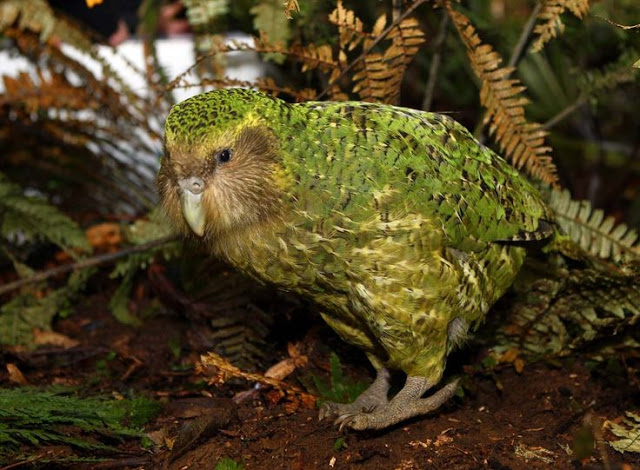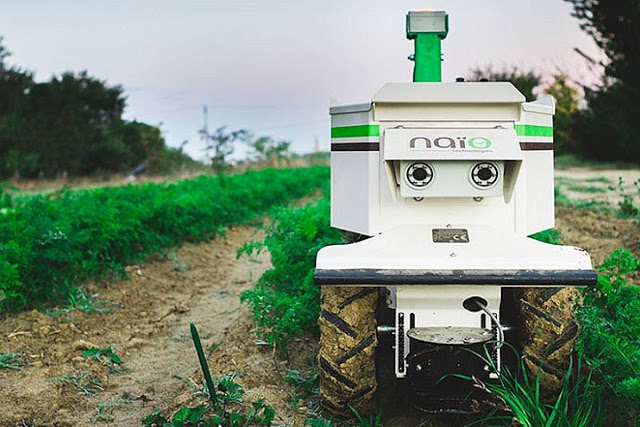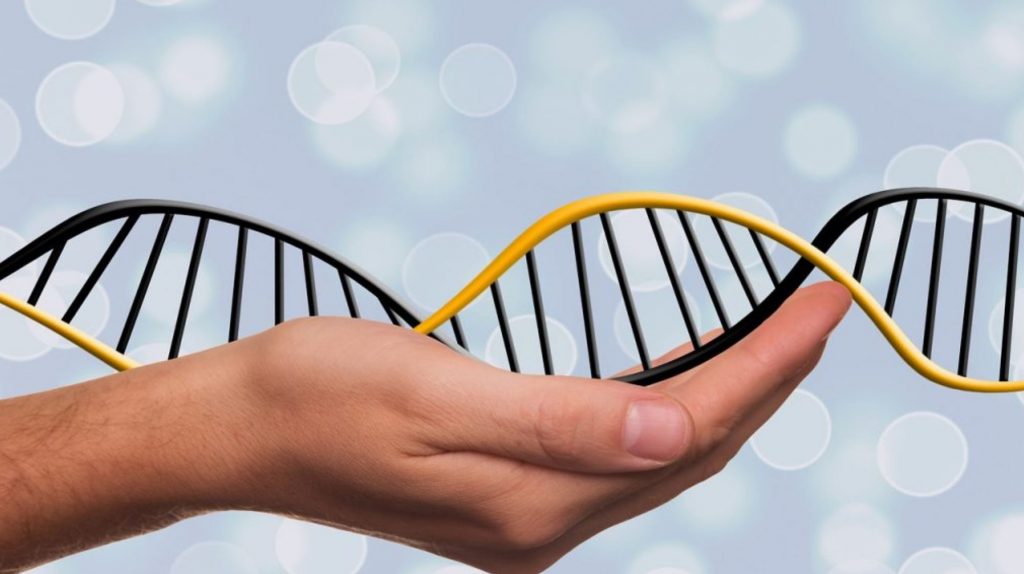Ed Yong in his article, “New Zealand’s War on Rats Could Change the World,” helped frame an ongoing debate over using genetically modified organisms (GMOs) altered through gene-editing technology to eradicate pests. In this particular case, the problem is rats and other invasive predatory mammals that endanger New Zealand’s native bird populations.
 Yong covers proposals to introduce genes into mammalian populations to hinder their ability to reproduce. These “gene-drives” are unlike other technologies like gene therapy, which replace faulty genes in human patients to correct genetic diseases or enhance an individual’s immune system to fight cancer. Unlike gene therapy where the corrected genes are not passed down to an individual’s offspring, gene-drives imply that edited genes would be passed down to future generations.
Yong covers proposals to introduce genes into mammalian populations to hinder their ability to reproduce. These “gene-drives” are unlike other technologies like gene therapy, which replace faulty genes in human patients to correct genetic diseases or enhance an individual’s immune system to fight cancer. Unlike gene therapy where the corrected genes are not passed down to an individual’s offspring, gene-drives imply that edited genes would be passed down to future generations.
A rat with a compromised reproductive system would pass those genes down to whatever offspring it managed to have. Eventually, the entire species would carry the compromised genes, its numbers would dwindle, and eventually disappear altogether.
New Zealand’s invasive mammalian predator problem isn’t the first case this technology has been proposed for. Companies around the world are racing to introduce similarly edited genes into mosquito populations.
Wonder Technology vs Alternatives
Mr. Yong’s article, however, did not just sell biotech to readers. An articulate and superior counterargument was presented, warning of a sort of invasive species scenario in reverse where the edited genes would “quickly and relentlessly spread,” overwriting an entire population’s genome, and once released would be nearly impossible to contain.
We can easily imagine a scenario where, just as travel and commerce brought invasive mammalian predators to New Zealand in the first place, a similar process could end up infecting the rest of the world with New Zealand’s genetically modified mammalian predators, endangering entire biospheres around the globe.
But Mr. Yong’s article did not end with only a cautionary note, it also provided an in-depth look at alternative technologies that could target New Zealand’s invasive species more precisely and in an isolated manner that could in no way affect populations beyond New Zealand’s territory.
These included various kinds of poisons, sensors, as well as automated and smart traps that could do the checking and resetting often required by people with more traditional animal traps.
Beyond Invasive Species
The benefits of using automation and IT to combat invasive species can be carried over to agriculture as well. In an age where industry attempts to monopolize seed production and the chemicals required to cultivate them, farmers worldwide are discovering traditional and cutting-edge solutions to replace both GMOs and more conventional agricultural chemicals.
 Unlike chemicals such as Monsanto’s Roundup that eventually produce immune “superweeds,” automated systems that mechanically weed fields will never meet a weed that can adapt around a simple cutting blade. Similar solutions to deal with pests are also increasingly being explored and implemented.
Unlike chemicals such as Monsanto’s Roundup that eventually produce immune “superweeds,” automated systems that mechanically weed fields will never meet a weed that can adapt around a simple cutting blade. Similar solutions to deal with pests are also increasingly being explored and implemented.
While large players in the biotech industry attempt to make opponents appear “anti-science” and “anti-technology,” the reality is that automation, sensors, and IT can give consumers not only organic food free of genetic or chemical contamination, but also do it with efficient, cutting-edge technology.
The implication of New Zealand solving its invasive species problem through alternative technologies is that it would prove that not all biological problems require a biotech answer.
The day may come when reading, writing, and editing genes is as easy as reading, writing, and editing in the IT world and the potential damage of releasing GMOs into the environment can be just as easily undone, but that day is not today.
Research into GMOs and gene-editing in particular belongs in laboratories, not in our fields, not on our dinner plates, and definitely not released into our wider, natural environments until that day comes. And until then, those in New Zealand working on saving their native bird populations have a chance to prove once again that there is always more than one solution to any given problem and that the tempting, “easy solution” is not always the best.
For those adamantly opposed to the unchecked proliferation of GMOs and gene-drive technology, becoming involved in alternative technological solutions is the best way to bolster one’s protest. Just as Mr. Yong presented a proposal, a counterargument, and a constructive, alternative solution, so must we all if we truly seek to solve problems and improve the world around us.
Follow ProgressTH.org on Facebook here, Instagram here, or on Twitter here.
Image Credit: Pixabay


Trojan Horse for a total surveillance cybertech kill-grid
Thumbs down to gmo and gene ‘editing’.
Close and shutter Monsatano.
Wow so nice bird and your content was also so beautiful. For make our life so more fast and fast we can take more inspiration from here. I like this lesson..